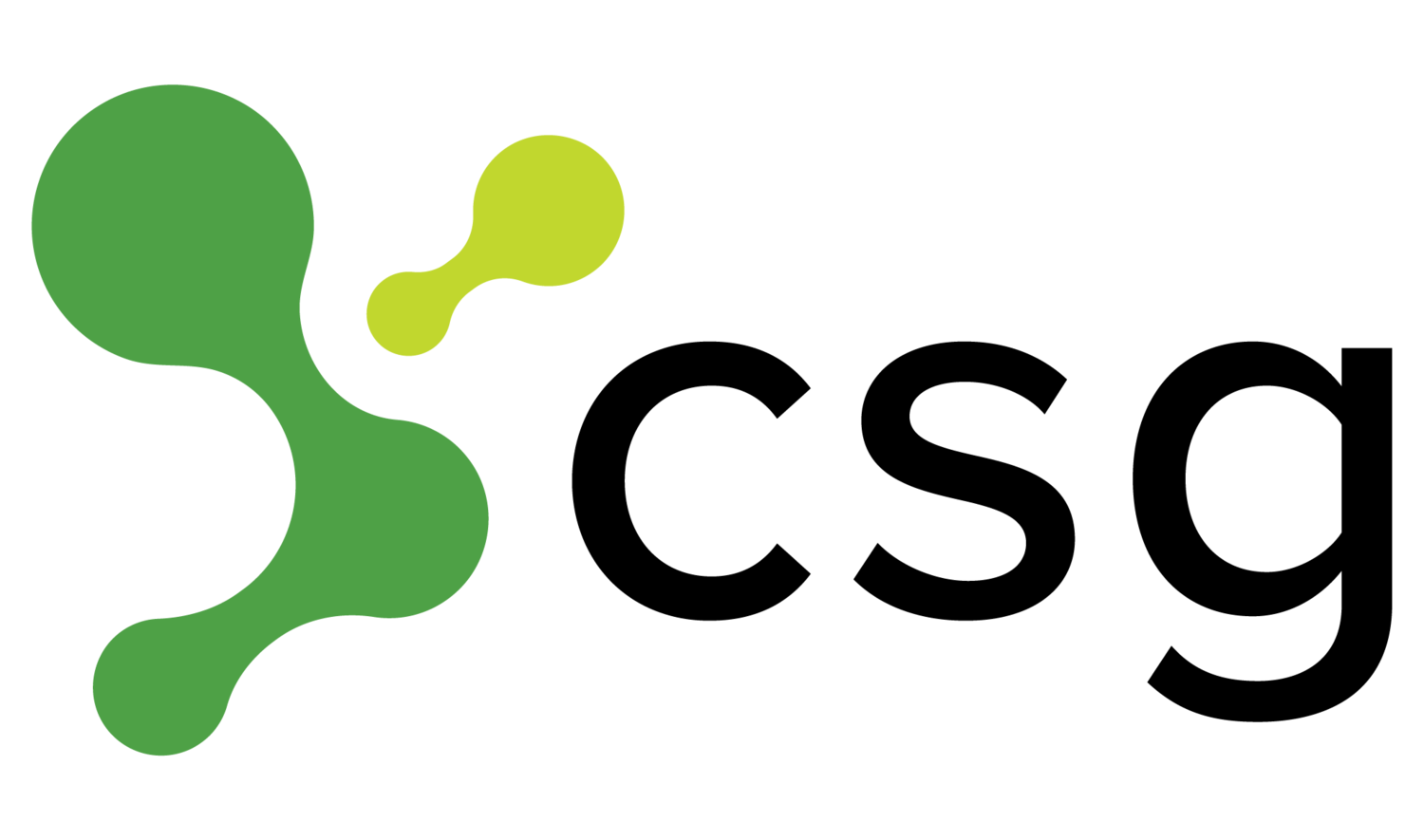5 Things To Know About Natural Language Analytics
Companies that empower their people to make data driven decisions have a competitive advantage. One of the keys to making better decisions with data is to make the data accessible and the analytical tools easy to use for all. The next generation of analytics is already upon us. We’re moving beyond visual analytics to natural language analytics … driven by natural language processing (NLP). It’s a powerful way to query data, generate visuals, and answer the questions that lead to strategic insights for your company. According to the latest Magic Quadrant for Analytics and Business Intelligence Platforms:
“By 2020, 50% of analytical queries will either be generated via search, natural language processing or voice, or will be automatically generated.”
1. Natural Language Processing (NLP) enables computers to understand human language. Or at least get closer. Recent advances in Machine Learning enable computers to do more with natural language. A recent Forbes article defines natural language processing as “a form of artificial intelligence that analyzes the human language. It takes many forms, but at its core, the technology helps machine understand, and even communicate with, human speech.” Tableau released their new NLP feature called Ask Data in version 2019.1, and has gotten even better with Explain Data in subsequent releases this year.
2. NLP lets you explore your data at the speed of thought. As fast as you can type it (or say it), the visualization software will create queries and deliver the answer to your question. It drives many of the forms of AI (Artificial Intelligence) that we are used to seeing like Google’s Alexa or Apple’s Siri. NLP is more than just understanding the words we speak. Human communication involves context, not just words. Some examples of this include the way you phrase a question, how frequently you use words (just think about what gets suggested as you type on your iPhone), or even your body language as you speak. As it applies to analytics and data visualization, an NLP system is taking a simple question and building up the implications of that question into queries. It then returns the results as a visualization, rather than you having to build it by constructing a series of queries or even dragging and dropping dimensions and measures onto a worksheet in tools like Tableau or PowerBI.
3. NLP empowers more of your people to interact with data. Is your sales leader curious about the sales trend over time? With NLP tools like Tableau’s Ask Data, she can ask the software “what are sales over time?” and will see a chart of the sales over the life of the data set. The goal here is to continue to enable more and more people in an organization who are not data scientists or analysts to interact with their data in a natural, conversational way that leads to insights. Better decisions are driven by better data and most importantly, business results are driven by those people who can make decision in a timely manner on the front line.
4. Natural language analytics software incorporates visualization best practices. It’s one thing to ask the computer to analyze your data, it’s another thing to have a visualization of the answer to the question created that’s easy to understand. One that follows best practices. One that makes sense to the person asking the question.
5. NLP will help create a data driven culture in your organization. The path to a data driven culture typically starts with a small team that has a vision for a better way. By making both the data and the analytics tools widely available, by helping other parts of the organization get answers to important questions, and by showing the organization that you do not have to be a data scientist or software engineer to interact with the data, the seeds of change are planted. NLP is another step forward that lowers the bar for business users to interact with their data and raises the performance and results of the entire organization. It’s exciting to see this field developing and making an impact by empowering your organization.
Empower your organization to make data driven decisions.
Discover 8 of our top tips for tableau users.


